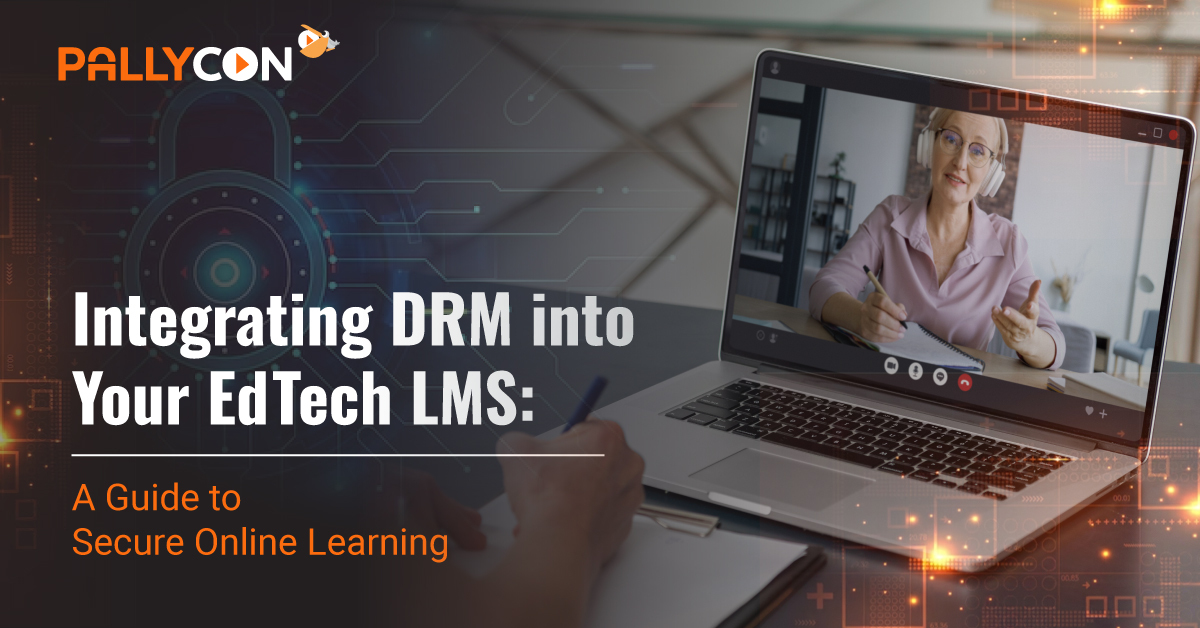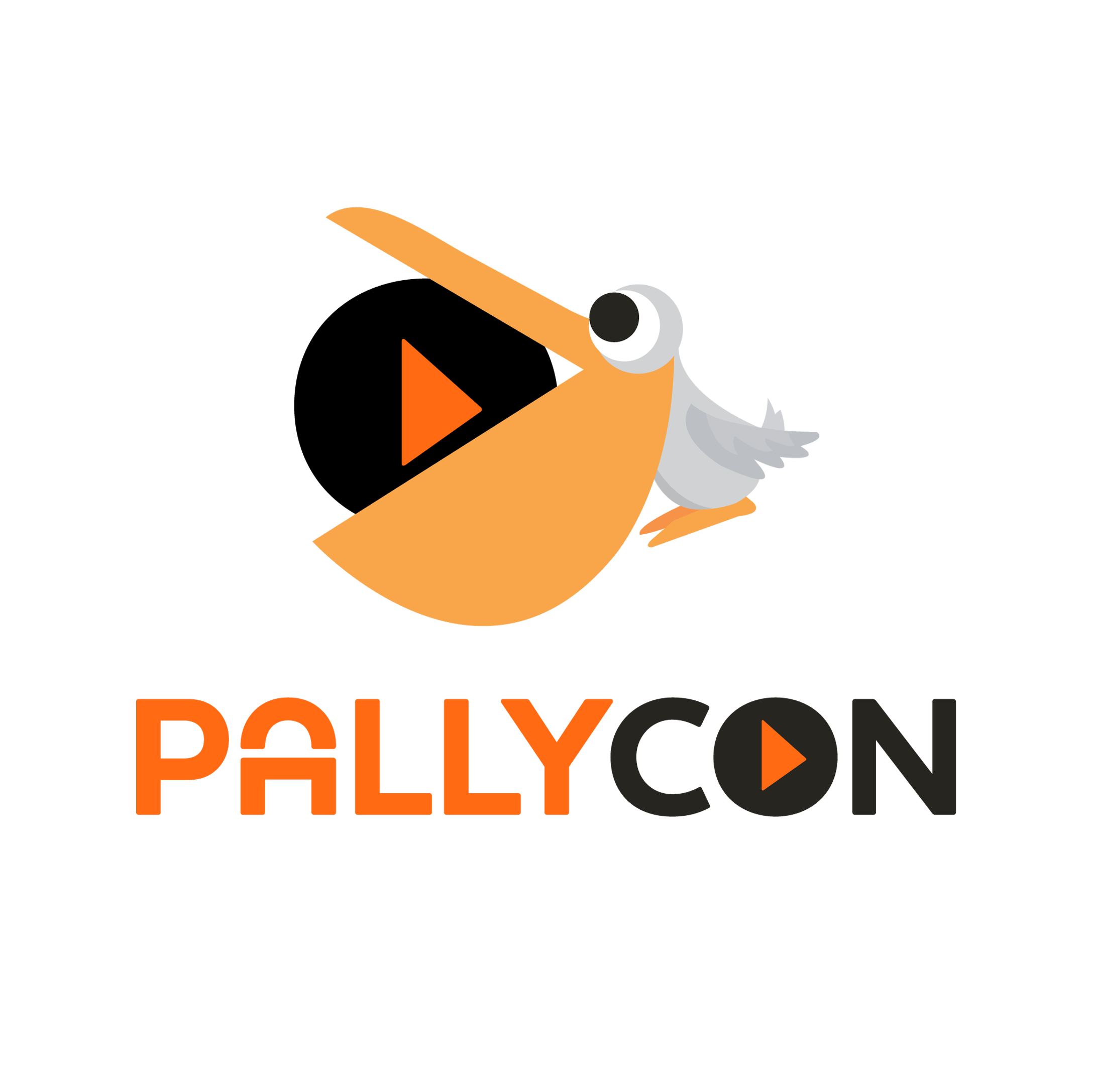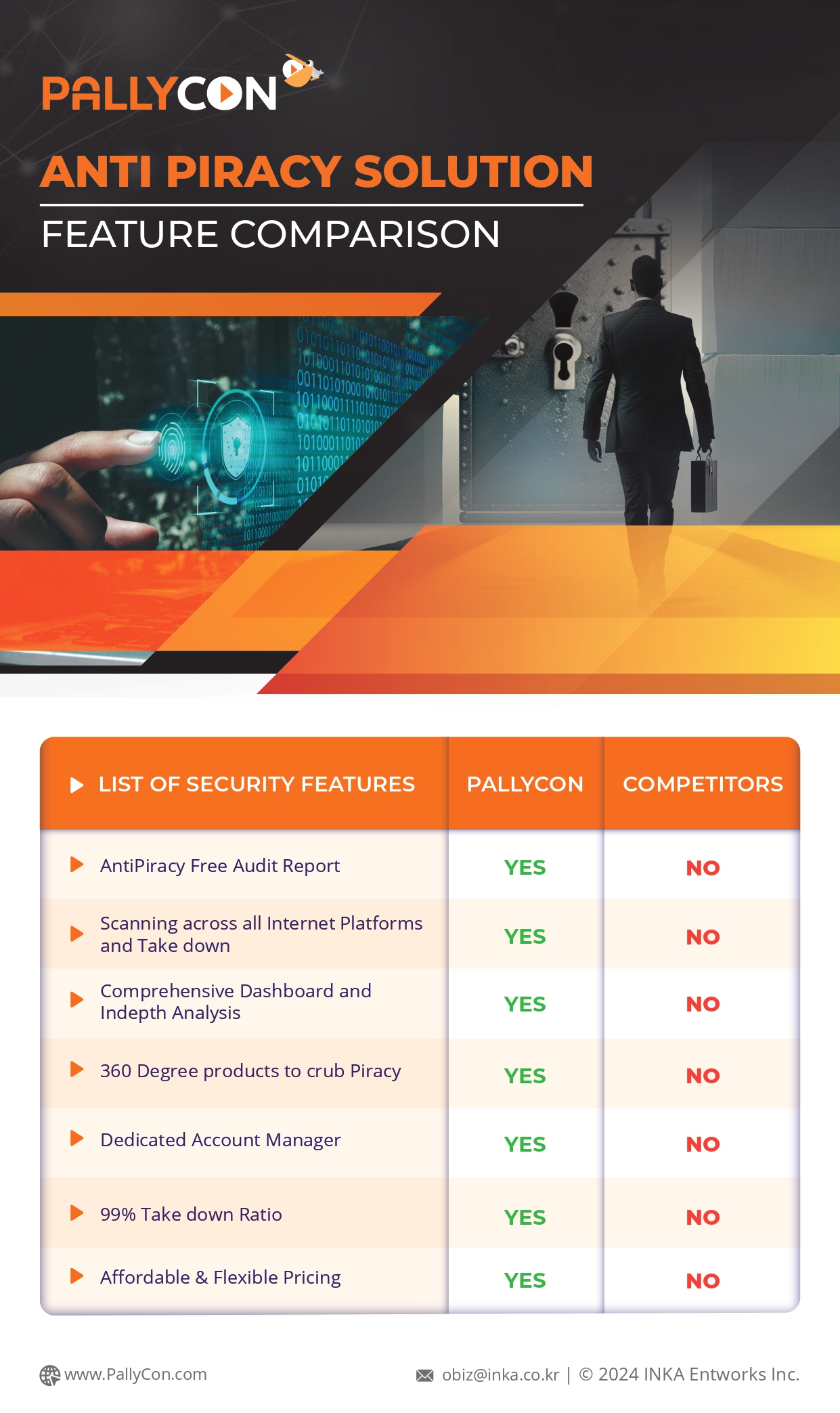
Integrating DRM into Your EdTech LMS: A Guide to Secure Online Learning
In the fast-evolving landscape of education technology (EdTech), ensuring the security and integrity of digital content is paramount. Digital Rights Management (DRM) is a critical component for safeguarding educational materials in Learning Management Systems (LMS). In this blog, we’ll explore the importance of integrating DRM into your EdTech LMS and provide you with a comprehensive guide to secure digital learning.
The Role of DRM in EdTech LMS
- Protecting Intellectual Property: As EdTech institutions invest heavily in developing digital learning materials, safeguarding this intellectual property is crucial. DRM and Forensic Watermarking ensure the protection and integrity of these valuable assets.
- Compliance with Copyright Laws: Educational institutions are bound by copyright laws and licensing agreements. DRM and Forensic Watermarking help in managing and enforcing these legal requirements, ensuring that educational materials are used within legal boundaries.
- Control Over Content Access: DRM allows administrators to control who can access and view specific content. Forensic Watermarking, on the other hand, helps in tracking the user involved in illegal distribution of content. Together, they offer powerful tools to monitor and control content access.
- Piracy Deterrence: The risk of content piracy is ever-present. DRM and Forensic Watermarking technologies make it challenging for unauthorized users to record, download or distribute educational materials, thus reducing the risk of piracy.
Integrating DRM into Your EdTech LMS: A Step-by-Step Guide
Step 1: Define Your DRM Requirements
Before integrating DRM into your LMS, clearly define your requirements. Consider factors such as the type of content you’re protecting, the level of security needed, type of devices to be supported and the user experience you want to provide. Understanding your needs will help you select the right DRM solution.
Step 2: Choose the Right DRM Solution
Select a DRM solution that aligns with your requirements. Some popular DRM systems for EdTech include Widevine, PlayReady, and FairPlay. Ensure that the chosen solution supports the content formats used in your LMS. For ebooks and animation content, PallyCon provides NCG DRM (as standard ones Widevine, PlayReady, and FairPlay support only Video.)
Step 3: Seamless Integration with Your LMS
Collaborate with your LMS developer or service provider to ensure the smooth integration of your chosen DRM solution. This typically involves setting up content encryption, user authentication, and content delivery mechanisms that align with your LMS. There are various integration methods such as CLI, SaaS, CPIX, SPEKE API.
Step 4: User Authentication and Authorization
Implement user authentication and authorization processes to control access to content. Users should only have access to content they are entitled to view. Ensure that these processes are user-friendly and aligned with your LMS interface.
Step 5: Forensic Watermarking Implementation
Leverage PallyCon’s Forensic Watermarking feature to track illegal content distribution. This is an important step in ensuring the integrity and security of your digital materials. Implement watermarks that are invisible to the user but can be used to trace content back to its source if necessary.
Step 6: Monitor and Update
Regularly monitor the effectiveness of your DRM implementation. Track user access, and analyze any suspicious activity. Stay updated with the latest DRM technologies and adapt your system to address new threats and vulnerabilities.
Step 7: Educate Users
Provide clear instructions and guidelines to users on how to access and use DRM-protected content. An informed user base is essential for a smooth learning experience.
Step 8: Protecting Sensitive Data
EdTech apps often handle a plethora of sensitive information, from student records to course materials. Appsealing’s security measures guard against data breaches and unauthorized access, ensuring that this valuable data remains confidential.
Know Pain Points and Solutions of Online Education Services in India.
Top 10 reasons Why PallyCon’s DRM, Forensic Watermarking and App-security
1. Advanced Encryption:
PallyCon provides state-of-the-art encryption for your digital content, ensuring that it remains secure and inaccessible to unauthorized users.
2. Multi-DRM Support:
PallyCon supports various DRM technologies, including Widevine, PlayReady, and FairPlay, making it adaptable to different platforms and devices.
3. Forensic Watermarking:
PallyCon’s Forensic Watermarking feature allows for content tracking and monitoring, making it an indispensable tool to ensure the integrity of digital materials.
4. Seamless Integration:
Integrating PallyCon into your LMS is a hassle-free process, as it is compatible with popular LMS systems, making it a preferred choice for EdTech institutions.
5. User Authentication:
PallyCon’s user authentication and authorization features ensure that only entitled users access the content, enhancing security.
6. Comprehensive Reporting:
PallyCon offers robust reporting and monitoring capabilities, allowing you to keep track of user activity and respond to any suspicious incidents.
7. User-Friendly Experience:
PallyCon’s user-friendly interface and user guidance ensure that your learners have a smooth and frustration-free experience while accessing protected content.
8. Robust Encryption:
Appsealing employs cutting-edge encryption methods to protect data both in transit and at rest. This encryption ensures that data remains confidential and cannot be tampered with.
9. Real-time Monitoring:
Appsealing provides real-time monitoring and alerts, enabling institutions to respond swiftly to any suspicious activities or security breaches.
10. Dynamic Protection:
Appsealing’s security adapts to the changing threat landscape. As new vulnerabilities and attack methods emerge, Appsealing’s dynamic protection mechanisms respond to counter these threats effectively.
Conclusion
Integrating content security solutions into your EdTech LMS is crucial for protecting your digital educational resources, complying with copyright laws, and delivering a secure and reliable learning environment. By following this guide and carefully selecting and implementing a DRM solution, you can ensure that your institution’s digital content remains accessible to the right users while safeguarding it from unauthorized use and distribution.

PallyCon provides cloud-based SaaS multi-DRM solution and Forensic Watermarking service. Cloud services built on AWS enables you to use services in the cloud. Get started contents protection quickly and easily with PallyCon.
